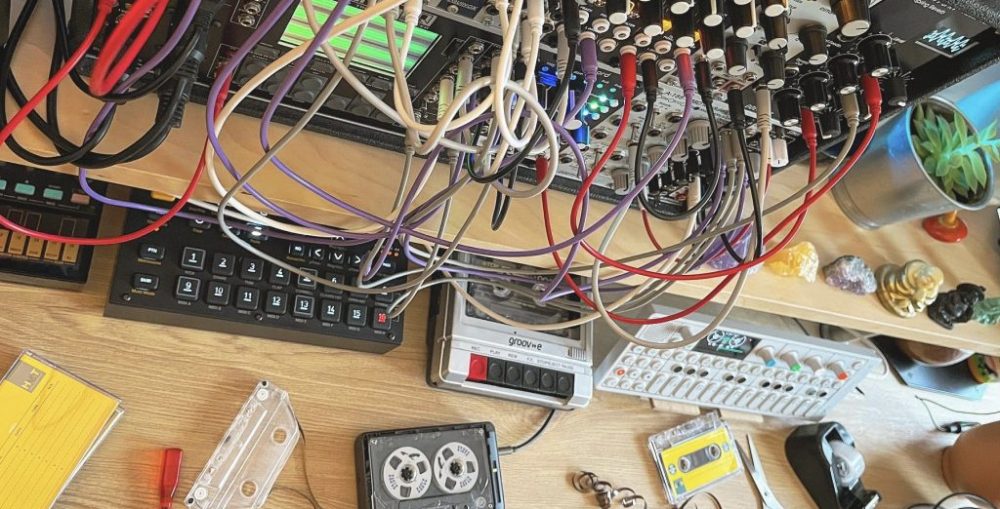Audrey is an amazing artist who specialises in the use of her own voice to create different sounds and textures, she often accompany her vocals with modular synthesisers or string instruments. Originally from the US she is now living in Berlin, place where she has been able to develop a higher growth along her artistic career.
She has been at UAL this week to present the Sound Art Lecture series, two special master classes and also performances at venues like Cafe OTO. She has also been playing around the world, Paris, Berlin or New York. On her two masterclasses given in the college she focused on improvisation, collective and solo and the student were able to improve some abilities within this field.
Being also a family person, and talking about the pros and cons of having kids on the life of a touring artist, she also informed us about other topics like artist related funding or benefits and obviously music management and gigs. This was a really valuable experience and an inspiring lecture from this guest artist.

